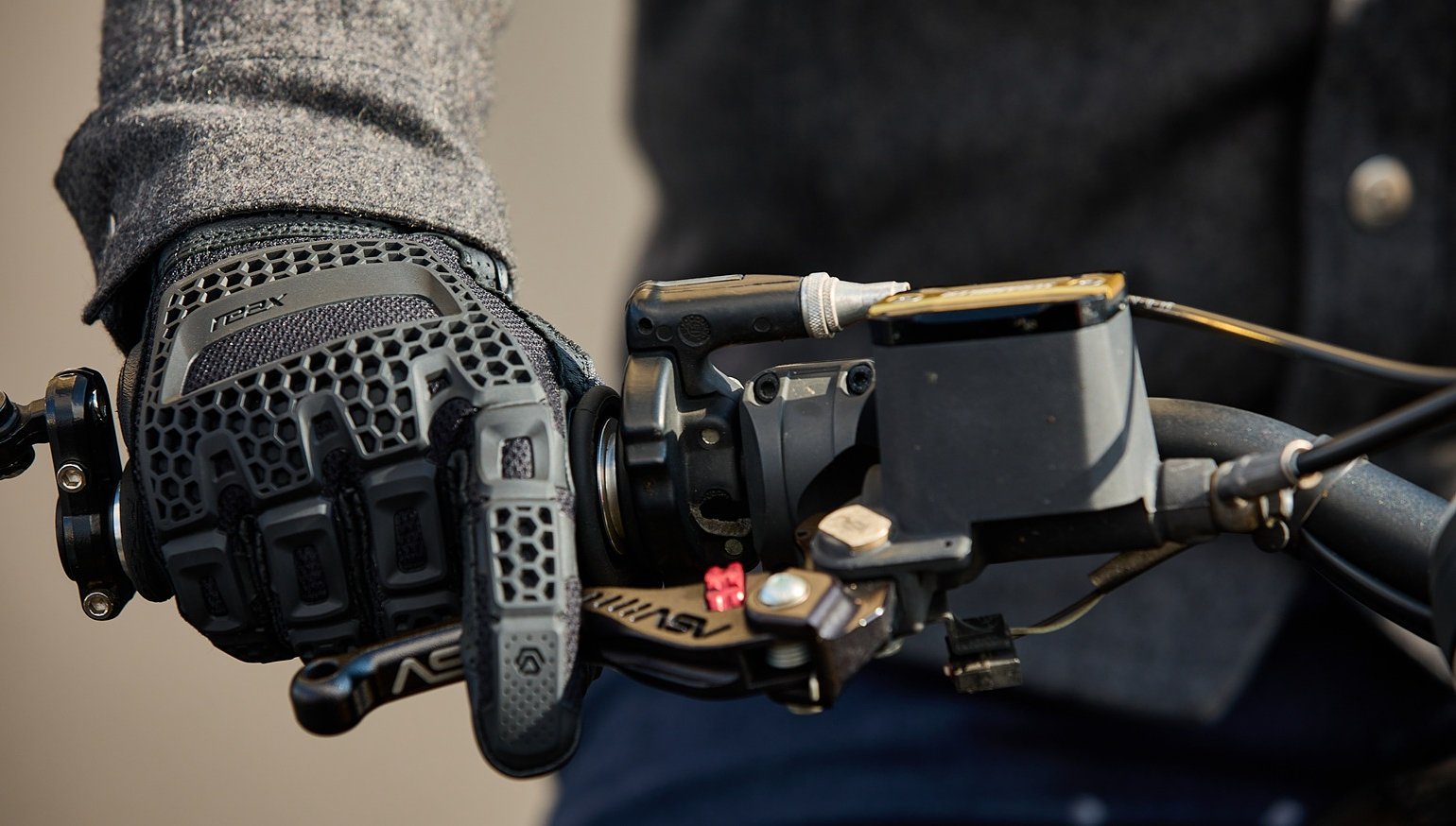The laws of physics are fairly straightforward, but they're hard to apply exactly in the real world due to various emergent factors. As the old saying goes, "All models are wrong, some are useful." Regardless, the understanding gifted to us by Sir Isaac Newton and many others over the years has helped mankind grasp how matter and energy behave. Let's use a little of that knowledge to look at braking.
The science of braking branches off in many directions, but I want to focus on one element that's often overlooked and should be understood — at least at a basic level — by anyone who throws a leg over a motorcycle and ventures out into traffic: stopping distance.
Editor's note: Dylan Code is a rider coach and the COO (stands for child of owner) of the California Superbike School, with more than two decades of rider training experience.
First off, stopping distance in relation to speed is not linear. For example, assuming the same braking force, the stopping distance from 40 mph is not twice the distance of 20 mph — it's four times longer. Why does stopping distance quadruple when speed doubles? Well, because physics. Look it up and you'll hear: "Kinetic energy increases with the square of the speed." Many readers may yawn because they remember this from high school, but for those who aren't aware, this basic understanding is vital for riding.
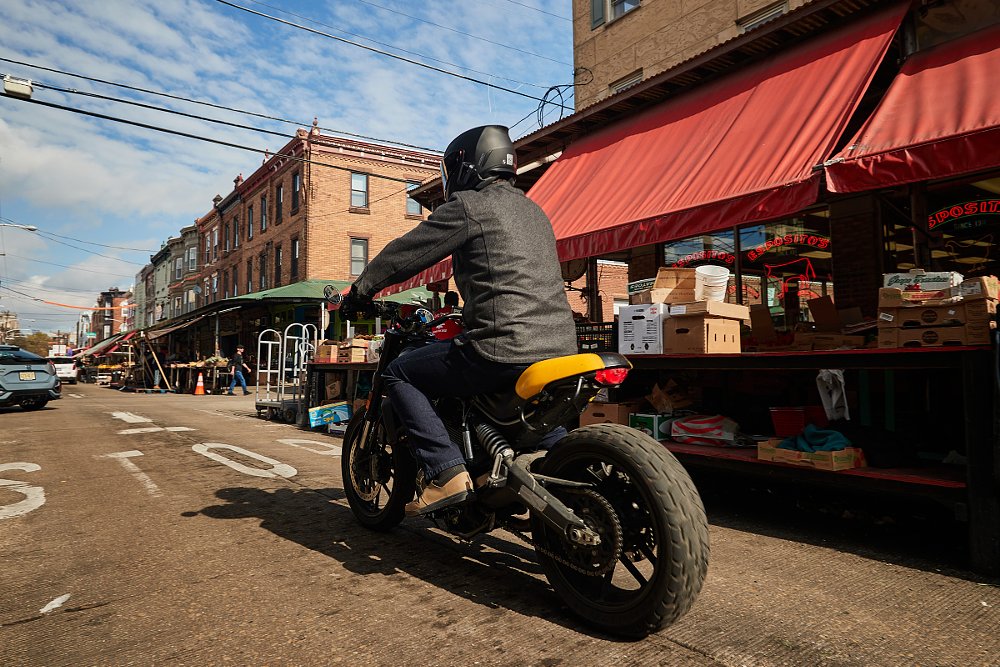
An accident investigator once told me that the average street rider won't brake harder than 0.6 g. With that assumption, a 20 mph stop takes about 22 feet. At 40 mph, it becomes 88 feet. If a rider mashes the brakes and activates ABS, they might achieve about 0.9 g. Then, 20 mph becomes 15 feet, and 40 mph becomes 60 feet. And that's after the delay of seeing the danger, deciding what to do, and applying full brake pressure.
What’s the simple takeaway?
When entering an intersection — or any situation where a sudden stop might be needed — speed matters. A lot.
At higher speeds, things really stretch out. Compare 65 mph to a reckless 110 mph. Let's assume the rider has the nerve to go straight to 0.9 g using ABS. After reaction time and full braking effort, stopping distance at 65 mph is about 157 feet; at 110 mph, it's around 450 feet. In the real world, using an average one-second reaction time and the more typical 0.6 g braking, the stopping distance from 65 mph becomes 330 feet, and from 110 mph it's a whopping 835 feet.
Based on measurements, the best braking you're likely to get is around 1.0 g. Again, because physics. And again, many variables make it hard to lay out exact facts in the real world. Interestingly, it's not always about tire grip or brake power. A lot comes down to the location of the bike and rider's combined center of mass in relation to the front tire. It's roughly 45 degrees back from the front tire. At around 1.0 g, the rear wheel starts to lift. That's when braking force overcomes gravity holding down the back of the bike. This raises the center of mass, making it even easier for the rear wheel to lift. So, the best braking happens just before the rear wheel starts to climb.
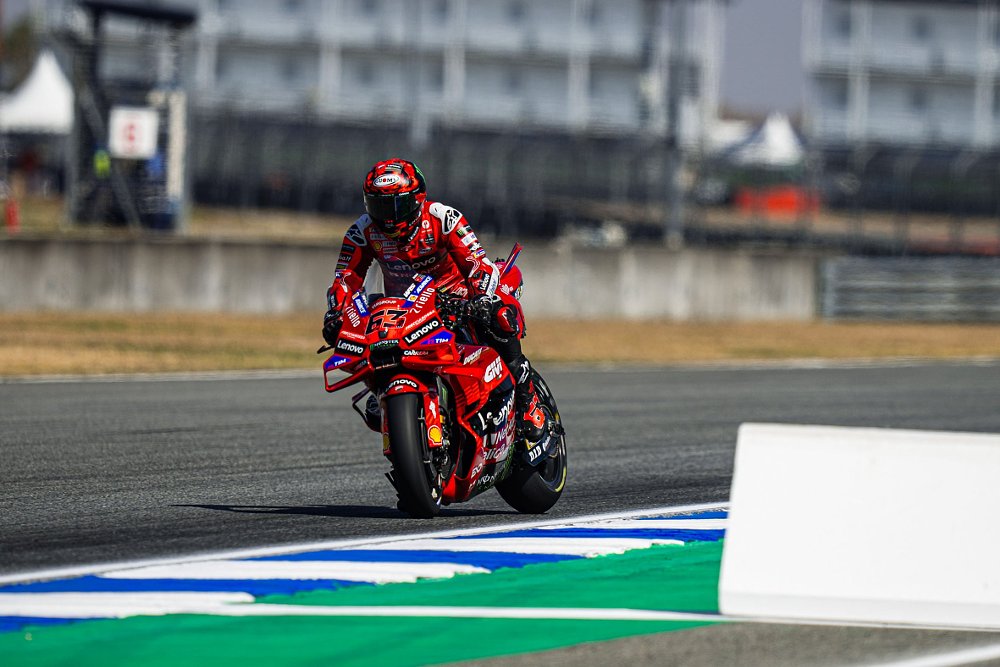
From data during the MotoGP race in Thailand earlier this year, top riders averaged 1.0 g when braking from top speed into a second-gear turn. Granted, there was brake trailing into the corner, but also extreme wind resistance and the "parachute" effect of sitting up at over 200 mph. Bottom line: Exceeding 1.0 g is possible, but not something you should expect to achieve.
In a famous study of college professors, 94% rated themselves as above-average teachers. So, how would you rate your braking skills? Do you practice hard braking occasionally in a safe environment? Is the skill there when you need it? Does a once-high level of skill fade over time? Are you practicing stops at 40 mph? What about 80 mph? The problem is, there's a certain amount of risk in practicing, especially at higher speeds, out on public roads.
While riders don't brake to a stop on a racetrack, they do brake hard lap after lap to gain familiarity with high-speed braking. That's where a track day or track-based training can translate to safer street riding. It gives a rider a much clearer sense of just how long it takes to bring a bike to a stop at speed. In the end, it probably makes for a more careful street rider.
It certainly has for many I've spoken to.


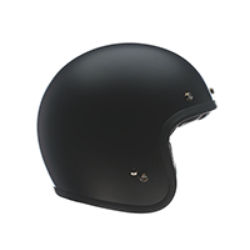

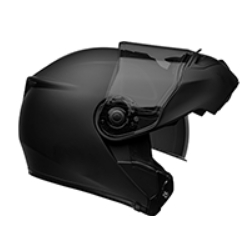

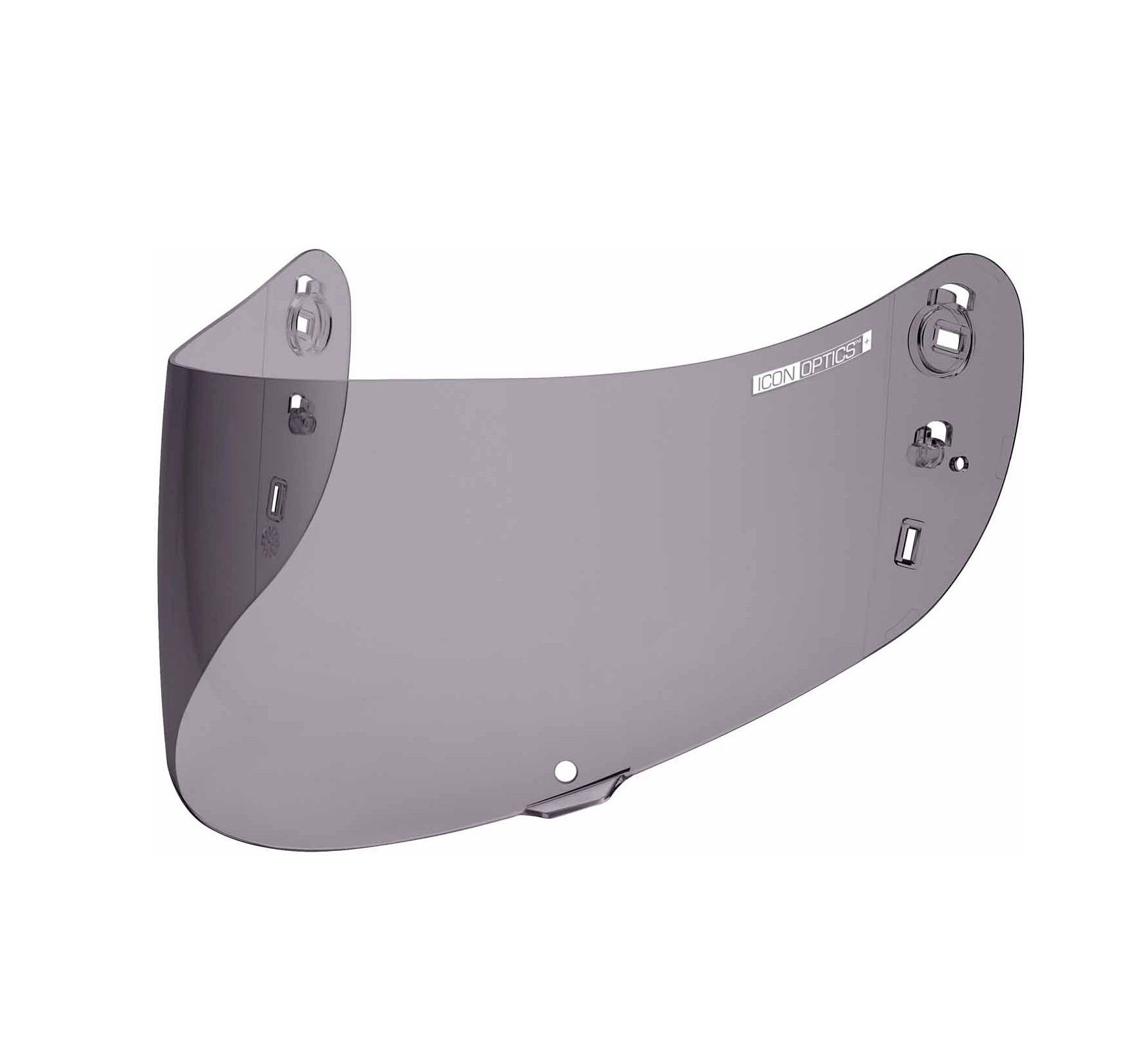
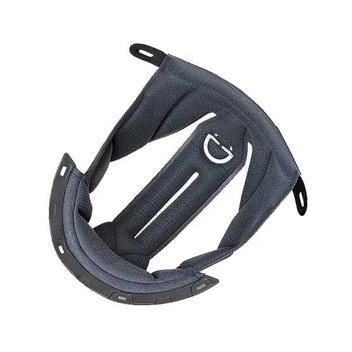



 Membership
Membership

